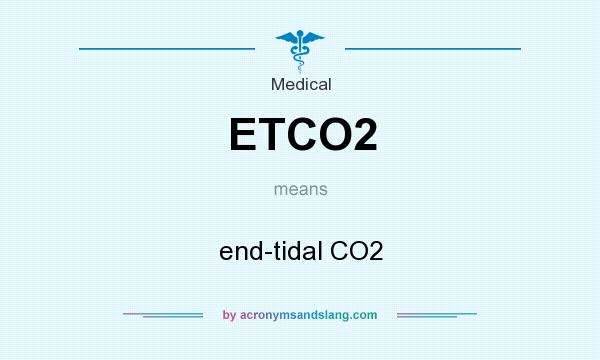


PETCO(2) was correlated positively with SV (r(2)=0.87).Īlthough PETCO(2)tracked decreases in SV in this human model of progressive central hypovolemia, reductions in PETCO(2)were small relative to the range of baseline values.

MAP did not decline significantly until 80% of maximal LBNP was reached. Capnography is the monitoring of the concentration or partial pressure of carbon dioxide (CO 2) in the respiratory gases. The earliest significant alteration was observed in SV, which occurred at 20% of maximal LBNP. Decrease of alveolar capillary perfusion from low. 1 Citations 5 Altmetric Metrics Abstract Objective To examine the extents to which low tidal volume (VT) and endotracheal tube (ETT) leakeage influence the accuracy of ETCO 2 for estimating. While PETCO(2) decreased progressively thereafter, the range of baseline values (28.8-49.2 mmHg) varied more than the reduction in PETCO(2) elicited by maximal LBNP (baseline=40.1+/-0.6 mmHg maximal LBNP=29.8+/-1.0 mmHg). In clinical situation, the major factor which determines alveolar dead space is low pulmonary blood flow. The decrease in PETCO(2) did not begin to occur until 40% of maximal LBNP was applied. Measurements of PETCO(2), systolic (SBP), diastolic (DBP), and mean arterial (MAP) blood pressures, heart rate (HR), stroke volume (SV), and respiratory rate (RR) were obtained in 50 healthy human subjects during baseline supine rest and exposure to progressive reductions of central blood volume produced by application of lower body negative pressure (LBNP).Īs increasing amounts of LBNP were applied, SBP, DBP, MAP, HR, SV, and PETCO(2) decreased (p<0.001).
#Low end tidal co2 android#
This study tested the hypothesis that pulmonary end-tidal CO(2) (PETCO(2)) tracks reductions in central blood volume in human volunteers exposed to progressive central hypovolemia. Study Causes of Low and High End-Tidal CO2 flashcards from Olivier Mba's Augusta University class online, or in Brainscape's iPhone or Android app.


 0 kommentar(er)
0 kommentar(er)
